Understanding Steering Gear in Ships
We are all familiar with the use of a rudder, which helps in turning a ship as and when required. Rudders are the principal system for the entire motion and control of the ships. But we mustn’t forget that the entire rudder action is dependent on another pivotal system called the Steering Gear.
Steering Gear integrated with the rudder system defines the complete ‘turning mechanism’ mandatory for each and every ship irrespective of size, type and operation.
The steering gear system has been an indispensable part of the ship’s machinery since the advent of the very early ships, which were operated by hand.
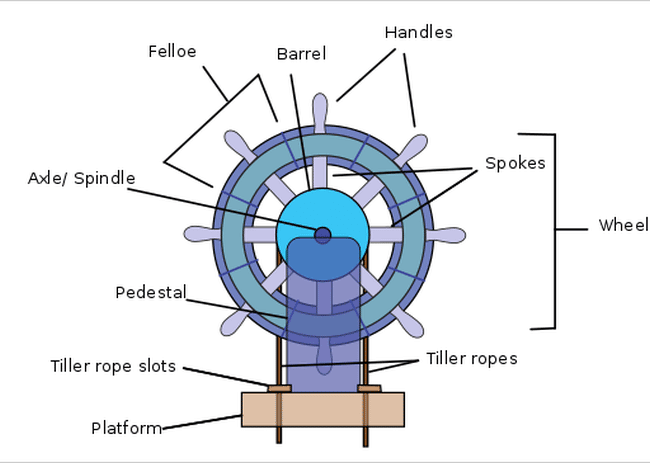
Steering Gear System In Ship
The efficiency of the performance of steering gear depends on some main aspects. These basic requirements to be invariably met by all steering gears are guided by rules set by classification societies. They can be briefly outlined as:
- As per standard requirements, the steering gear should be capable of steering the ship from 35 degrees port to 35 degrees starboard and vice-versa with the vessel plying forwards at a steady head-on speed for maximum continuous rated shaft rpm. and summer load waterline within a time frame of a maximum of 28 seconds
- With one of the power units inoperative, the rudder shall be capable of turning 15 degrees port to 15 degrees starboard (and vice-versa) within a time frame of 1 minute with the vessel moving at half its rated maximum speed of 7 knots (whichever is greater) at summer load line
- The major power units and the control systems are to be duplicated so that if one of them fails, the other can easily substitute for them as standby
- Emergency Power Supply: The steering gear system is to be provided with an additional power unit (hydraulic pump etc.) connected to the emergency power supply from the Emergency Generator, which shall be capable of turning the rudder from 15 degrees from one side to another side within 60 seconds with the vessel moving at a maximum service speed or 7 knots, whichever is greater
Types of Steering Gears On Ships
As ships continued to grow in size and became faster, modern systems easing human effort were incorporated. Basically, there are two types of commonly used steering gear systems present:
- Hydraulic
- Electro-hydraulic type
Though the system has undergone some major evolution, the basic physics of operation remains the same.
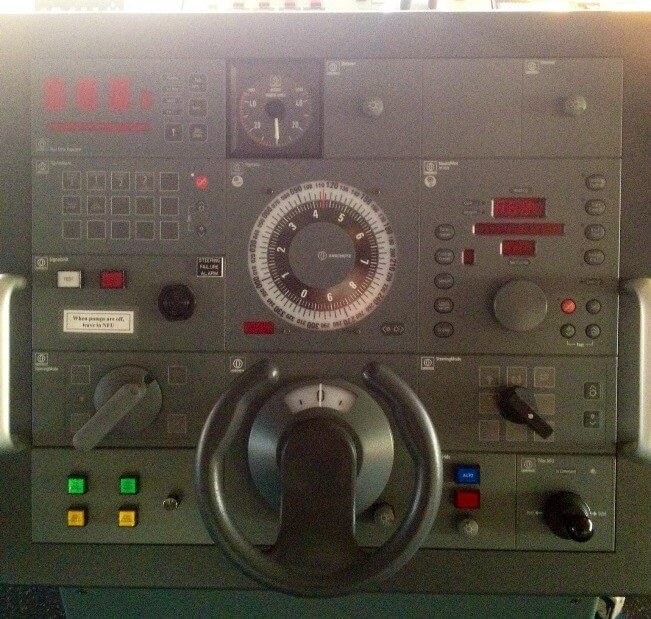
The main control of the steering operations is given from the helm of any ship, similar to an automobile where the entire control of the vehicle’s “steer-ability” rests on the steering wheel of the driver. The ‘control force’ for turning is triggered off from the wheel at the helm, which reaches the steering gear system.
The steering gear system generates a torsional force at a certain scale which is then, in turn, is transmitted to the rudder stock that turns the rudder. The intermediate steering systems of a modern-day ship can be multifarious with each small component having its own unique function. We omit to discuss each and every such component in detail.
A better illustration of the exact work sequence in a simple rudder system is given in the following figure.
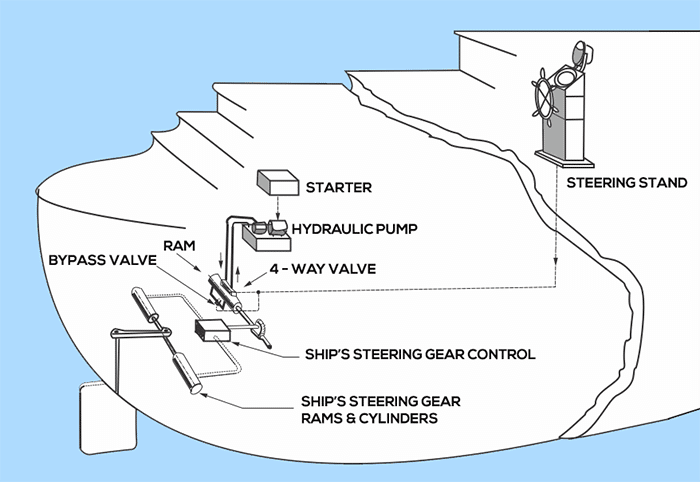
The rudder system consists of the following:
- Rudder actuators
- Power units
- Other auxiliary equipment needed to apply turn the rudder by applying torque
- Hydraulic pumps and valves
In hydraulic and electro-hydraulic systems, hydraulic pressure is developed by hydraulic pumps which are mainly driven by electric motors (electro-hydraulic systems) or sometimes through purely mechanical means (hydraulic systems).
However, mainly advanced electro-hydraulic systems are predominant in ships nowadays. These hydraulic pumps play a crucial role in generating the required pressure to create motions in the steering gear which can trigger the necessary rotary moments in the rudder system.
These pumps are basically of two major types:
- Radial piston type (Hele-Shaw)
- Axial Piston type (Swash plate)
Actuators mediate the coordination between the generated hydraulic pressure from pumps (driven electrically, of course) and the rudder stock by converting it into a mechanical force creating a turning moment for the rudder. Actuators are now mainly electrically driven by power units.
These actuators, in turn, can be of two types:
- Piston or cylindrical arrangement
- Vane type rotor
The types of actuator systems depict the types of steering gears present on ships, which are also segregated as Ram type and Rotary Vane type arrangements accordingly.
Let’s discuss them in brief.
Ram Type Steering Gear System
Ram type steering gear is one of the commonly used steering gear construction and is quite expensive in construction. The basic principle is same as that of a hydraulically-driven motor engine or lift.
There are four hydraulic cylinders attached to the two arms of the actuator disc, on both sides. These cylinders are directly coupled to electrically driven hydraulic pumps which generate hydraulic pressure through pipes.
This hydraulic pressure field present in the pumps imparts motion to the hydraulic cylinders, which in turn corresponds with the actuator to act upon the rudder stock. As we know, rudder stock is an indispensable part of the entire steering gear arrangement of ships and dictates the exact behaviour of the rudder response.
The sense of turning the rudder is guided by the action of the hydraulic pump. The physics behind its function can be explained better with the help of the following figure.
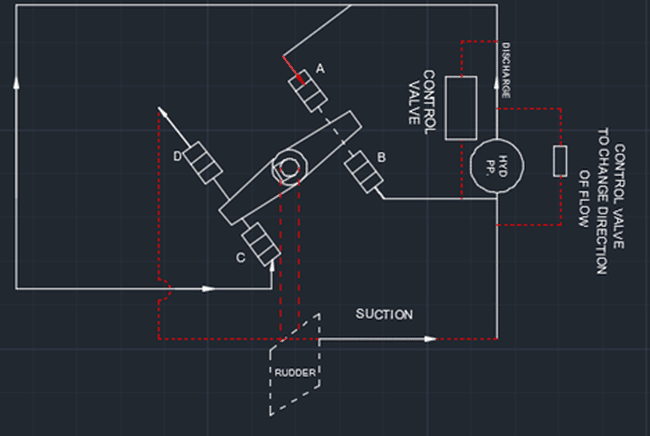
Here the cylinders denoted A and C are connected to the discharge side of the pump. This generates a positive pressure in the piston cylinders. On the contrary, the other two cylinders B and D are connected to the suction side of the pump.
This creates a negative pressure in the cylinders. The resultant forces create a clockwise moment in the rudder. To put it simply, positive and negative pressures from pumps generate lateral forces on the rams which create a couple for turning the rudder stock.
Similarly, to put it in an anticlockwise turning sense, the reverse is carried out, viz. the discharge ends of the pumps are connected to the cylinders B and D, while the suction side of the pumps is to A and C. This reverse pressure flow from hydraulic pumps is achieved with the help of control valves operated from the wheelhouse.
The ram-type steering gear arrangement produces a considerably high value of torque for a given applied power. The hydraulic oil pressure varies from 100 bars to 175 bars depending on the size of the rudder and torque required.
Rotary Vane Steering Gear
In rotary vane steering gear, there is a fixed housing in which two vanes rotate. The housing along with the vanes form four chambers. The physics behind its operation is similar to the ram type with a small difference.
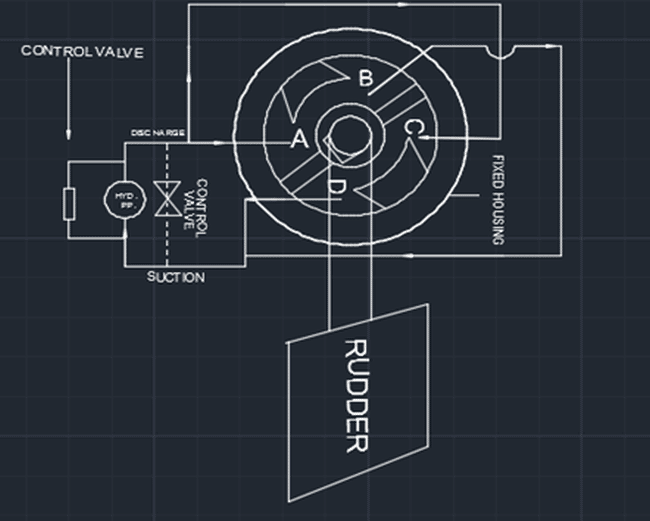
When chambers A and C are pressurised, there is an anticlockwise rotation of the vanes. A and C are connected to the discharge side of the pump while chambers B and D are connected to the suction side of the pump.
Similarly, when clockwise rotation is required, B and D are connected to the discharge side of the pump while A and C are connected to the suction side of the pump. As above, this is also operated by specialised control valves.
Thus, differential pressurisation of the chambers cause rotational moments in the vane.
A rotary vane type arrangement is used when the pressure requirement is 60 to 100 bar for producing the required torque. This is the main advantage of rotary vane type steering gear, requiring lesser hydraulic pressure and thus power for producing the same amount of torque as ram type.
There are 3 fixed and 3 moving vanes, which can make rudder angles up to 70 degrees, i.e 35 degrees on each side.
This arrangement has several other advantages like lower installation cost, less weight and smaller space required.
The fixed and rotating vanes are of spheroidal graphite cast iron. Keys are often provided in the rotary vanes for proper strength and orientation.
Additional Reading:
8 Common Problems Found In Steering Gear System Of Ships
Procedure of Testing Steering Gears
Procedure for Starting Emergency Steering Gear
Do you have info to share with us ? Suggest a correction

About Author
Subhodeep is a Naval Architecture and Ocean Engineering graduate. Interested in the intricacies of marine structures and goal-based design aspects, he is dedicated to sharing and propagation of common technical knowledge within this sector, which, at this very moment, requires a turnabout to flourish back to its old glory.
Latest Naval Arch Articles You Would Like:
Subscribe To Our Newsletters
By subscribing, you agree to our Privacy Policy and may receive occasional deal communications; you can unsubscribe anytime.










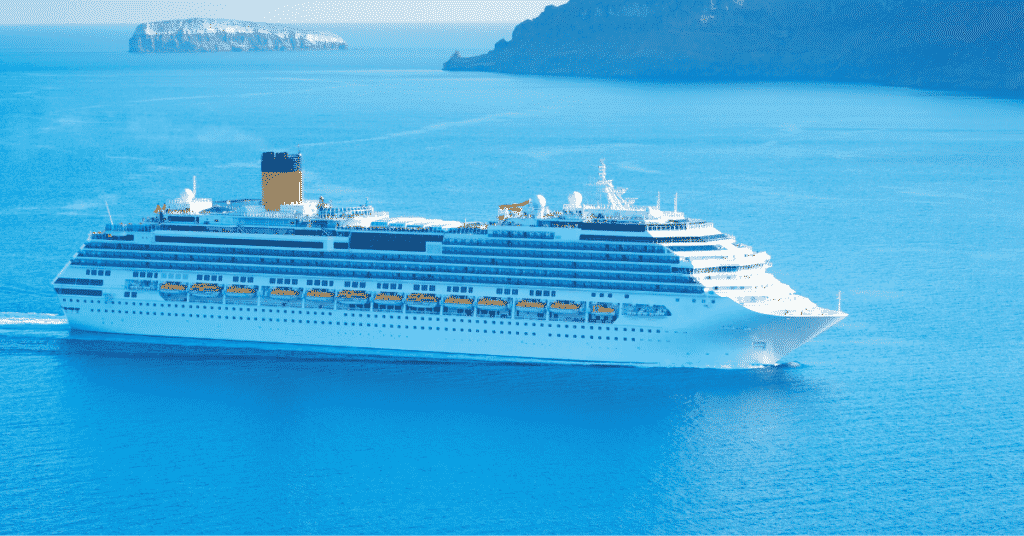
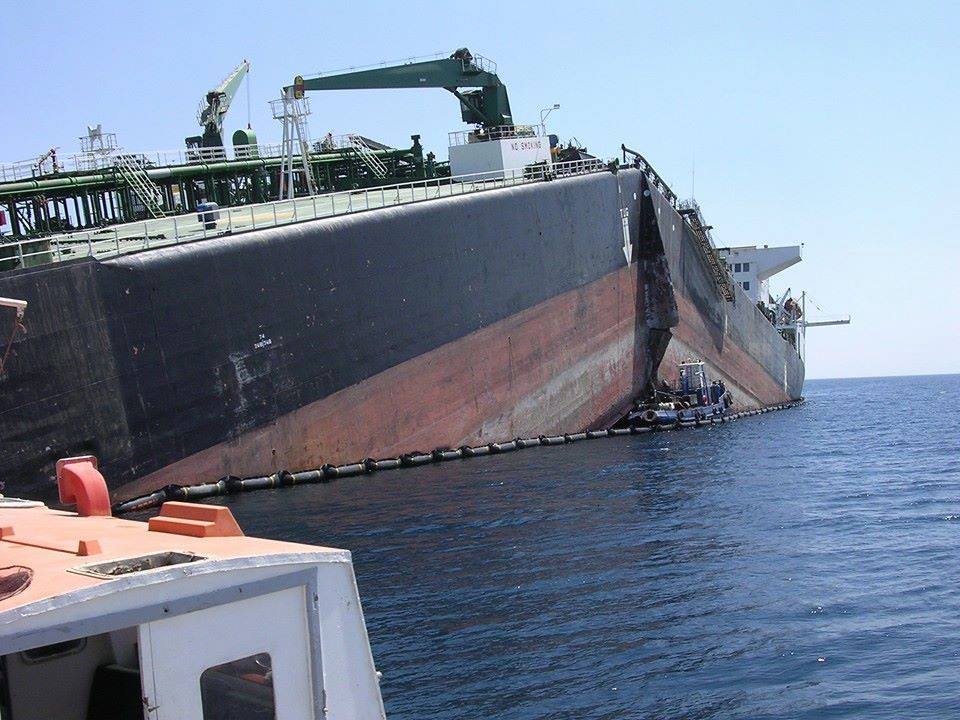
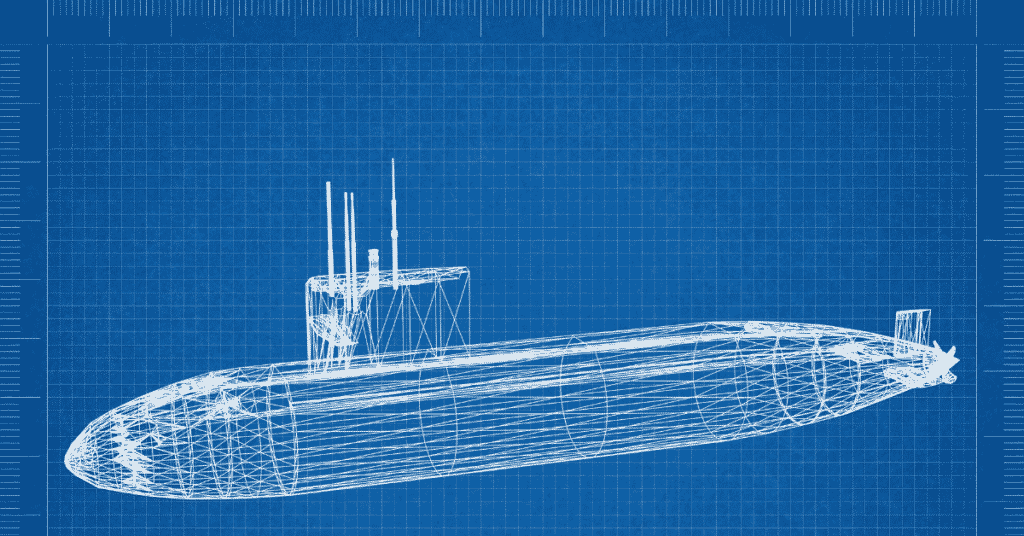
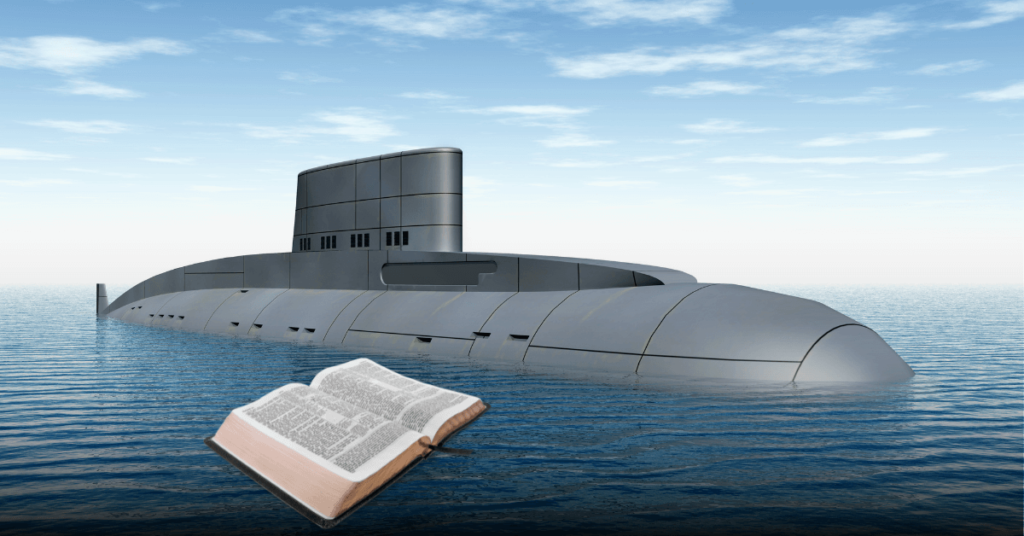
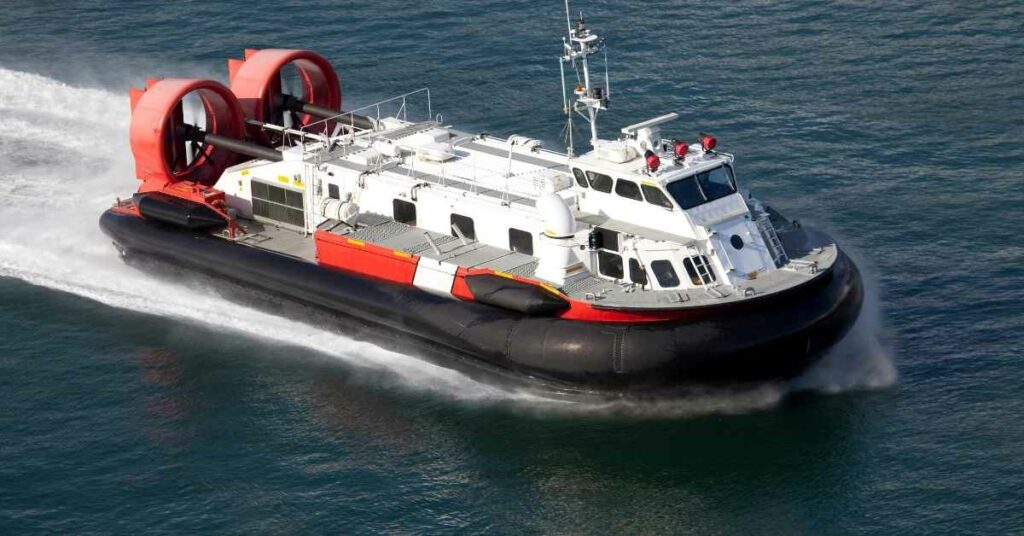
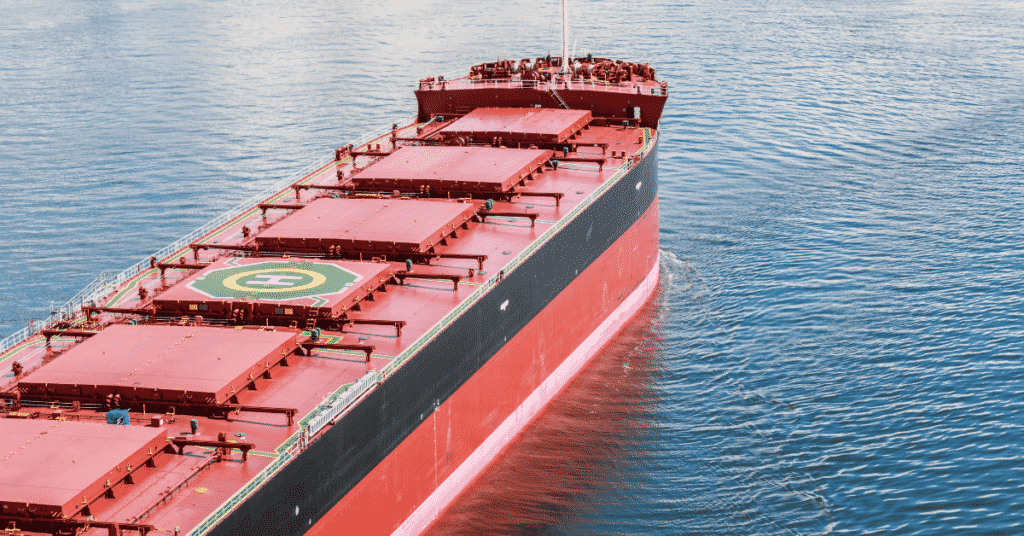
thank you for this informative article.keep sharing….
What ever happened to the concept of using trim tabs on rudders? Are they no longer useful?
35 TO 35 DEGREES IS THE MAXIMUM TURN THAT THE STEERING GEAR CAN MAKE IN ANY DRAUGHT. WHILE 35 TO 30 DEGREES ON EITHER SIDE IS WITHIN 28 SEC TIME LIMIT
Please explain how weight of the rudder is carried in vane type steering gear and provision for bearing wear down.
Thanks
Where can I find the rudder calculated torque?